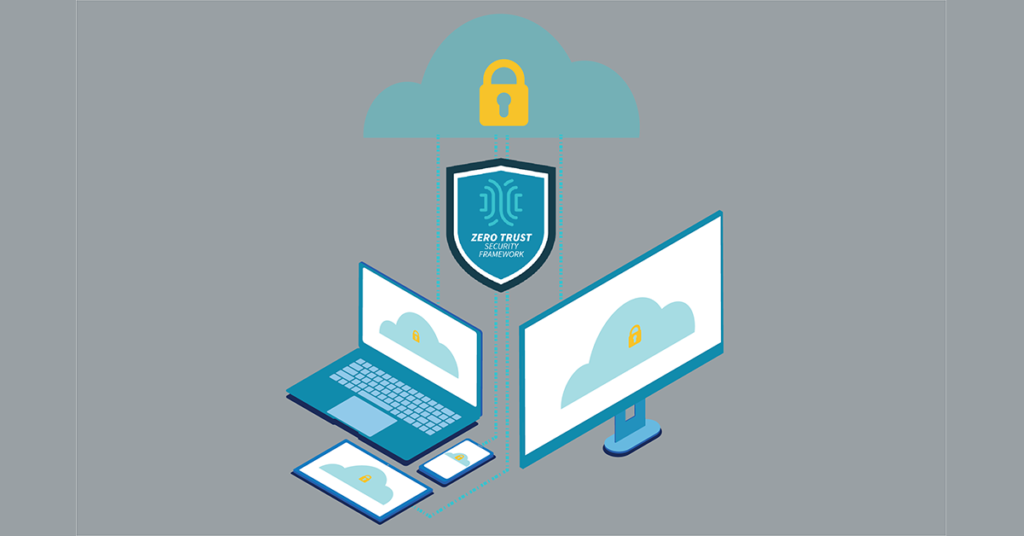Why is Zero Trust So Important? – 5 Benefits

Zero-Trust is more than just a security measure, it’s also a business strategy that makes it easier for IT teams to keep information safe. This way, they can ensure that data on shared networks is secured and only accessible by those who need it.
Find out why Zero Trust is so importance and how it can really impact your IT and other internal processes.
Zero Trust – Explained
Zero Trust Security is an approach to network security where the access granted to any given user or device depends on the context of their relationship with the system. It assumes that all devices are untrusted until proven otherwise and seeks to minimize the risk of unauthorized access by implementing measures such as role-based permissions and two-factor authentication.
Why is Zero Trust Security Important?
Since it assumes that all devices are untrusted until proven otherwise, it ensures that data from any given network is secured from unauthorized access by a user’s computer or network device.
It allows for accountability in a shared environment because the permission of every user depends on the role they play and the devices they use. This is why Zero Trust Security implementations can be seen in places like the U.S. Department of Defense (DoD) and many Fortune 500 companies.
5 Benefits of Zero Trust Security Infrastructure
As more companies look to adopt Zero Trust Security, the benefits of it are becoming clear. Here are 5 of them:
- Businesses can ensure data is safe on shared networks. Data may be more vulnerable on shared networks than on internal systems, so Zero Trust Security ensures that data is secure and only accessible by those who need it.
- It is easier for IT teams to monitor and enforce others’ access levels in real time, ensuring compliance with company policies and minimizing downtime.
- IT teams can maintain security in the event of a breach instead of relying on antiviruses and firewalls alone, since they would know where the threat is before it affects the entire system.
- A Zero Trust Security strategy can potentially save businesses money by being embedded in the company’s business model, rather than as an additional (and costly) security measure.
- Zero Trust Security is designed to be proactive. Because of this, the threat response time is much shorter, and it becomes easier for IT to keep up with future threats that may arise.
In short, a Zero Trust Security strategy makes it easier for IT teams to ensure the security of data on shared networks, monitor and enforce compliance with company policies, maintain security in the event of a breach, save businesses money, and keep up with future threats.
How Can I Implement A Zero Trust Strategy?
Zero Trust is an approach to security that was created to “eliminate the idea of a perimeter.” This means that any system is only as secure as its weakest point. By implementing this strategy, you can ensure that data on shared networks-which may be more vulnerable-is secure and accessible by those who have permission.
When designing your Zero Trust Security infrastructure, start with your workforce, and work out how they access and share data. Ensure all user activity is logged and audited so that if a violation occurs, you can identify the responsible parties.
Next, move onto internal systems and servers-this should include testing for vulnerabilities to understand where threats might be able to come from. We also have another article that sheds some light on Implementation of Zero Trust Model.
Bottom Line
The Zero Trust Security model is not just a security measure, it’s also a business strategy that makes it easier for IT teams to keep information safe. Therefore, Zero Trust should be implemented inside all IT and Business processes.
If you want to learn more about Zero-Trust, Check our Zero-Trust Whitepaper





